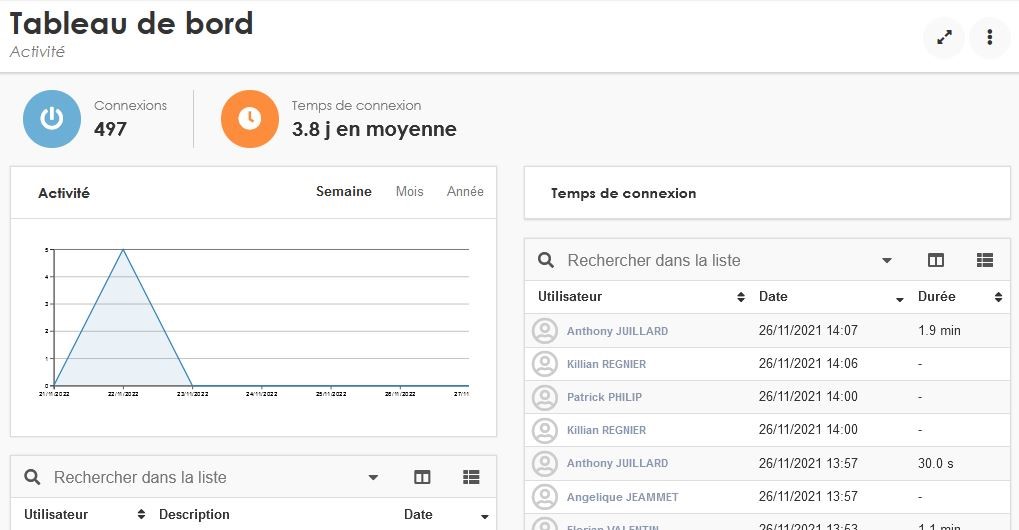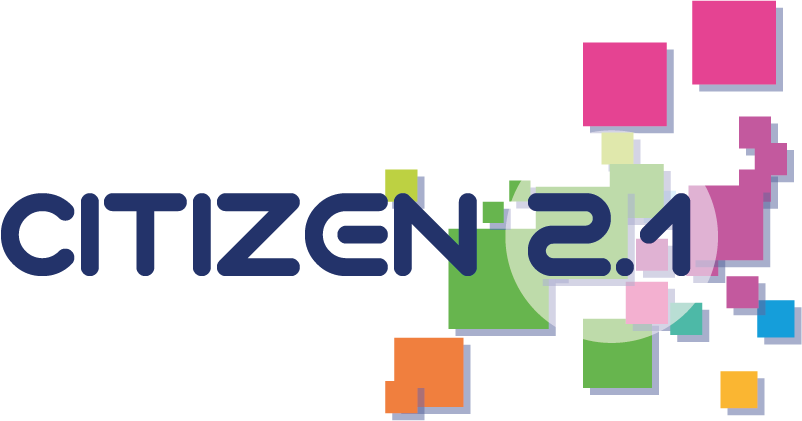National demonstrator
My MFR at home – W@lter Platform

The presentation of this project was proposed by the Fédération Régionale des Maisons Familiales Rurales (MFR) de Bourgogne Franche-Comté during the international meeting organised remotely from Besançon in January 2021.
Description
In a context of health crisis and confinement, the establishment had to deploy an “emergency” distance learning method. The system was set up and deployed in a few days for 140 learners divided into 8 initial and continuing education groups (young people and adults). The teaching team is made up of 12 instructors, and the deployment of this modality took place over a period of two months.
The objectives were to:
- Ensure pedagogical continuity;
- Mobilise new training tools;
- To take account of skills gaps;
- Evaluate the learning outcomes of the training;
- To coordinate a distance learning group;
- Maintaining a link between trainees.

Several steps were taken during the deployment and monitoring process:
- Choice of platform;
- Creation of user accounts;
- Creation of workspaces;
- Creation of pedagogical content;
- Training of staff;
- Training of young people.
The first weeks were devoted to the use of the tool and to the support of learners and instructors, and the following weeks were used to improve the system by questioning the users.
The tool is made available by the Claroline laboratory to the MFR network. It is a collaborative platform that allows the creation of collaborative workspaces, the insertion of resources that can be downloaded by others (courses, documents, videos), the creation and correction of evaluations and the monitoring of each learner’s progress.

Points of interest
- Mobilisation of an internal competence within the teaching team;
- Tool for the national network of MFRs (10,000 potential users);
- Quick and easy deployment;
- Tools for monitoring attendance;
- Reuse of resources with other groups or classes, and in subsequent years;
- Development of hybrid training (synchronous and asynchronous time);
- Sharing of workspaces and available resources with other users or institutions;
- Development of the use of digital technology for teaching purposes.
Point of vigilance
- The tool can be frightening for some instructors who are not comfortable with the use of computers;
- An institutional tool, but one that has to be paid for, which can represent a significant sum for many students (€1200 per year for our school);
- Learners’ equipment sometimes unsuitable;
- Lack of interaction between instructor and learners;
- Lack of diversity of tools for creating educational content
Comments / Recommendations
Results of the satisfaction questionnaire carried out among learners and their families:
- 72% find access to the platform easy;
- 80% felt that the amount of work given to their child was just right;
- 49% of the young people surveyed would like more video communication between themselves and their instructors;
- 40% would like more documents or teaching aids.
The tool used has proved to be equal to the objectives defined at the outset. It has increased the skills of the team, added value to our training systems and provided educational continuity that meets the expectations of the various parties.
However, its use over time has raised some issues that need to be taken into account for the redeployment of this modality:
- diversification of tools;
- encouraging exchanges between learners and between instructors and learners;
- individualisation of support, monitoring and learning.
Project leader
MFR de Gron – MFR Bourgogne-Franche-Comté
Contact and/or website :
florian.valentin@mfr.asso.fr
Themes
This demonstrator falls into the following categories:
